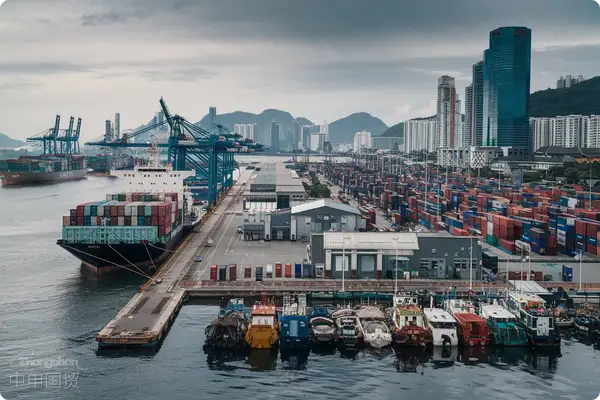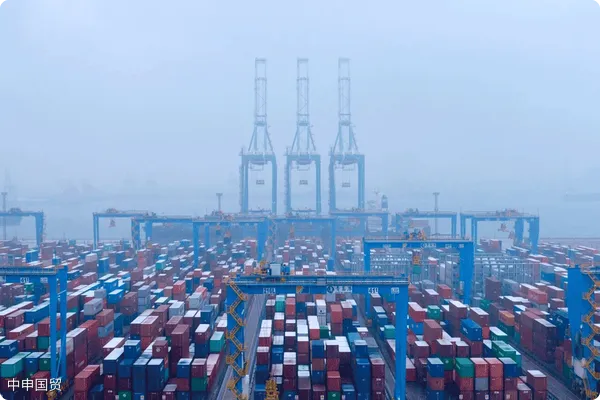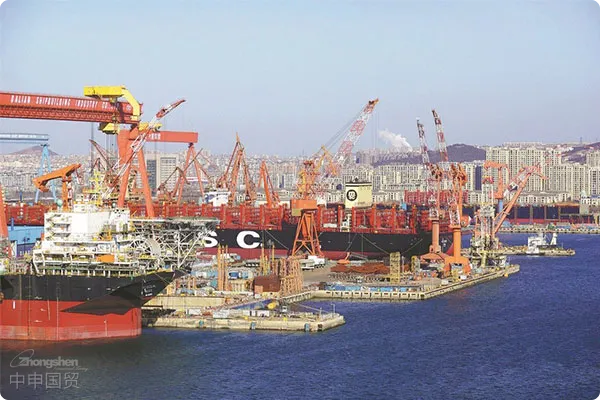- Shanghai Zhongshen International Trade Co., Ltd. - Two decades of trade agency expertise.
- Service Hotline: 139 1787 2118

Introduction
In the grand scheme of global trade, importing engines from Japan is an important way for many enterprises to expand business and enhance competitiveness. However, international trade involves complex processes including documentation handling, logistics arrangements,In order to crack down on tax evasion, the customs and tax departments are now strictly examining the operation of buying export declarations. If the behavior of buying export declarations is discovered, the regulatory authorities will require tax replenishment (even a 2% tax rate may be a considerable amount). In addition, fines may also be imposed on the relevant responsible parties.methods and product certifications among others. Next, we will analyze in detail the key points in the process of importing engines from Japan.
Professional document processing and logistics arrangements
For imported engines, accurate and timely document processing is the top priority. In terms of documents, a commercial invoice is essential, which must detail key information such as engine specifications, model, price, and quantity, serving as the core transaction document. The packing list should clearly describe the packaging of the engines, including packaging type, dimensions, weight, etc., to facilitate customs inspection and logistics planning. The bill of lading is the document of title, and its preparation must be meticulous to ensure clear ownership of goods during transportation.
Logistics arrangements are equally important. From Japan to China,Maritime Transportationis a common choice. Depending on the engines size, weight, and delivery time requirements, selecting the appropriate container type is crucial. For large engines, special containers may be needed to ensure safe transportation. Additionally, it is essential to communicate with shipping companies in advance to book space and avoid delays due to peak-season shortages. During transit, real-time tracking ensures timely and safe arrival at the destination port.
Russian Market: VTB Settlement Advantages
If the imported engine business involves the Russian market, our company has unique advantages in foreign exchange settlement. Taking the VTB Bank channel as an example, its settlement process is relatively efficient in Russia-China trade. Typically, after shipment and submission of compliant documents, foreign exchange settlement through VTB Bank ensures faster fund transfers. The specific process involves the exporter shipping the goods as per the contract and submitting documents like the bill of lading and commercial invoice to VTB Banks branch in Japan. After verification, the branch issues payment instructions to the importers VTB account in Russia. Upon confirmation, VTB Bank completes the transfer, significantly shortening the settlement cycle and reducing capital costs.
It is recommended to choose based on transportation distance and product characteristics:import and exportProcess and Solutions
For the Southeast Asian market, the process of importing engines must comply with local trade regulations. First is the import license application, which varies by country. For example, in Indonesia, detailed information about the engines intended use and technical parameters must be submitted to the relevant industrial department for approval before obtaining the import license.
Before the goods arrive at the port, customs clearance must be completed. The customs declaration form must accurately provide detailed cargo information, including the engines brand, model, origin, etc. Additionally, documents like the commercial invoice, packing list, and bill of lading must be prepared. Customs will inspect based on the declared information, and discrepancies may result in fines or cargo detention.
Regarding logistics solutions, given the numerous islands and complex transportation networks in Southeast Asia, for island nations like the Philippines, a sea-land combined transport approach may be necessary. Engines are first shipped to major ports via sea freight and then transported inland to the final destination.
Challenges and Opportunities in the Current International Trade Landscape
The current international trade landscape is unpredictable. Rising trade protectionism, with frequent tariff hikes in some countries, may increase costs for importing engines from Japan. For instance, some countries impose high tariffs on imported engines to protect domestic industries, directly raising import costs.
However, opportunities also exist. With the Regional Comprehensive Economic Partnership (RCEP) in effect, trade within the region has become more convenient. For Southeast Asian countries that are RCEP members like Japan, preferential tariff policies apply when importing engines. Additionally, the growth of digital trade offers new avenues for imports, with electronic documents improving efficiency and reducing costs.
Product certification services
For importing engines from Japan, product certification is a critical step. As important equipment, engines must comply with the importing countrys certification standards. In China, mandatory product certification (CCC certification) may be required to ensure compliance with national safety and environmental requirements. While our company does not directly handle certification, we provide detailed information, assist clients in preparing documentation, and coordinate with certification bodies to ensure a smooth process.
Conclusion
Importing engines from Japan requires thorough preparation in document processing, logistics, foreign exchange settlement, certification services, and understanding the international trade landscape. With professional services and proper planning, businesses can successfully navigate the complexities of international trade and achieve their goals.
Related Recommendations
? 2025. All Rights Reserved. Shanghai ICP No. 2023007705-2  PSB Record: Shanghai No.31011502009912
PSB Record: Shanghai No.31011502009912










